Camera auctions with an international dimension are not that common in North America. But one that stands out is the Tamarkin Rare Camera Auction, now run out of Chicago by Dan Tamarkin.
When I first came across this auction ten years ago, it was organised by Dan’s father Stan in Connecticut. Tariff barriers mean that the auction largely attracts US buyers, but I have bought some very nice items from Tamarkin over the years and I have paid the additional duties when the items have arrived in Ireland.
The auction takes place this year on November 13 at 10 am US Central Standard Time. Dan tends to put the highlights for his auctions at the back of his catalogue and that is where you will find these interesting tidbits.
Double-stroke
Starting with Lot 199, we find this very early Leica M3 Double Stroke No 700566 from the first batch in 1954 which has an estimated price range of $4,000-$8,000.
Cameras from very early and very late in production runs tend to attract a premium price. Some may say that this is just a ‘collector thing’, but it does come with a price tag attached. The M3 went through quite a few changes during its lifetime. This one has a very distinctive early feature which was soon dropped and that is the sharp edge on the corners of the top plate.
US Military set
Lot No 200 is a Leica KS-15 Set, with an estimated range of $7,000-$10,000, which would have been produced for the US military. The KS 15-4 was basically an M2 that featured a quick-load system with a fixed tulip spool as compared with the more traditional removable spool. The fixed spool was introduced for civilian users on the M2R and became universal from the M4 onwards.
This substantial lot comes with 35mm, 50mm and 135mm lenses in a US military case with a load of accessories, including two ‘house painting’ type paint brushes which are not explained. There may be a clue there about the type of photography this set was used for. Thoughts would be welcome from readers, but I suspect it was some kind of indoor work for which backdrops were required.
M4 goes motoring
Lot 202 is a Leica M4 MOT with a Leitz New York Motor Drive, with an estimated range of $5,200-$7,200. This camera is one of a batch manufactured specially by Leica for used with the New York drive. These were engraved with an M or, as in this case, MOT standing for ‘Motor’. There were also other variants with different engravings. While the cameras were made in Germany, these were in reality American specials, produced to be married with a US-made drive. This was presumably to match the increasingly popular motor drives for Japanese made SLRs used by press photographers at that time in the late 1960s/early 1970s.
Summarit f/1.4
Lot No 203 brings us on to a prototype or pre-production Summarit 50 f/1.4 from late 1957 or early 1958. This designation is not a mistake. Despite the Summarit name, the lens is in fact a precursor of the Leitz Summilux which remains in production to this day, albeit in a modern aspherical form.
As further evidence that this is not a production lens, it carries the serial number 1234567, which was apparently how Leitz Canada marked such lenses. This lens carries an estimate of $10,000-$15,000. It is more difficult to predict the prices of such pre-production lenses compared with normal series-production items where many more will have already been to the market.
Nocti original
Lot 204 is a black original 50mm f/1.2 Noctilux, with box and hood. These usually fetch more at auction than the later f/1.0 version of the lens or, even, the current f/0.95 items. This can probably be put down as another ‘collector thing’ which cannot be rationally explained. Anyone who does not believe me on this score should study the Collectiblend website and ignore the listings for special engraved editions. The estimate for this item is $25,000-$50,000.
Chrome Nocti
Lot 205. Here we have another 50mm f/1.2 Noctilux, this time a comparatively rare chrome version of a modern iteration of the lens. It is No 24 out of a batch of 100. This time we have a charity lot and all the proceeds will go to the Greater Chicago Food Depository.
The concept of charity lots has grown in the past few years and it has been a feature in recent Leitz Auctions, with items donated by Leica. It is appropriate in this case that the charity is based in Chicago, with a primary objective in providing of food to poorer people living in and around the city.
The lot has been donated by Jeff Garlin, a writer, producer, director, actor and stand-up comedian from Chicago. Going back to the auction item, this is a much sought-after version of a lens that was produced recently in very limited quantities. The estimated range for this item is $50,000-$80,000.
Invisible camera
Now for our Headline Item. Lot 206 is a Talbot ‘Invisible’ camera from between 1914-1929. This is a very rare item, produced in very small numbers. While the camera is in the form of a ‘belt camera’, this one takes 35mm roll film and has an Anastigmat f/5.6 lens. The camera has two film chambers at either end, not dissimilar to those on a Leica. It also has a long trigger cable which can be seen in the photos below.
It is probably not surprising that these cameras are very rare. The tradition of hidden cameras goes back to the late 19th Century and there are many variants, such as cameras in suits, ties or even handbags in the case of the KBG. The intended use is rather intriguing, perhaps for detectives or spies or just as party pieces? Whatever it might have been intended for, it is probably too large to be virtually invisible. The camera comes in a lovely case with plush lining and has an estimated price range of $12,500 to $25,000.
The Invisible Camera in its plush case Lens on the belt. Who would notice?
Enter Japan
My favourite item in the auction is Lot No 207, a Nippon Kogaku Seiki camera from the early 1940s. It is a Leica III copy with a rare Xebec 5 cm lens. At the end of the Second World War, the victorious Allies cancelled all Axis patents, including those belonging to Leitz. Ironically, the main beneficiary of this was Germany’s Axis partner, Japan.
However, Leica copies had been made in Japan even before the war, with cameras such the Canon Hansa, and there is no evidence of the Leitz company trying to eliminate such practices by legal means.
This particular camera is a very early example, bearing the serial number 28. I believe that no more than a few hundred such cameras were made. This camera eventually became the high quality Nicca model which was highly valued during the 1950s. It’s a camera that I would love to own and it comes with an estimated price range of $16,000-$ 20,000.
MP for pros
The Leica MP was a high-quality version of the M3 model but with an M2 film counter, which was produced in small numbers (about 402 overall) for professional photographers in the mid-to-late 1950s. The main distinguishing feature was that the camera could be used with a Leicavit winder, a feature much sought after by photojournalists. This chrome example MP-200, with a Leicavit and a ‘Rigid’ 50 mm Summicron, came from about half way through the production run and was delivered to a London dealer on 9 September 1957. Because of their rarity and the fact that many of them were used by big-name photographers, the MPs usually sell for very high prices. This one comes with an estimated range of $60,000-$80,000.
There are many other interesting items in the Tamarkin catalogue, some starting at quite modest prices. The usual criteria apply here about checking on what similar items have gone for before and, in this regard, Collectiblend.com is extremely useful. Also, potential bidders should look at the additional premiums that might have to be paid if they are winners and. If they live outside the US, they will need to factor in import duties as well. Happy bidding to all who take part.
Read more from William Fagan
Make a donation to help with our running costs
Did you know that Macfilos is run by five photography enthusiasts based in the UK, USA and Europe? We cover all the substantial costs of running the site, and we do not carry advertising because it spoils readers’ enjoyment. Every amount, however small, will be appreciated, and we will write to acknowledge your generosity.

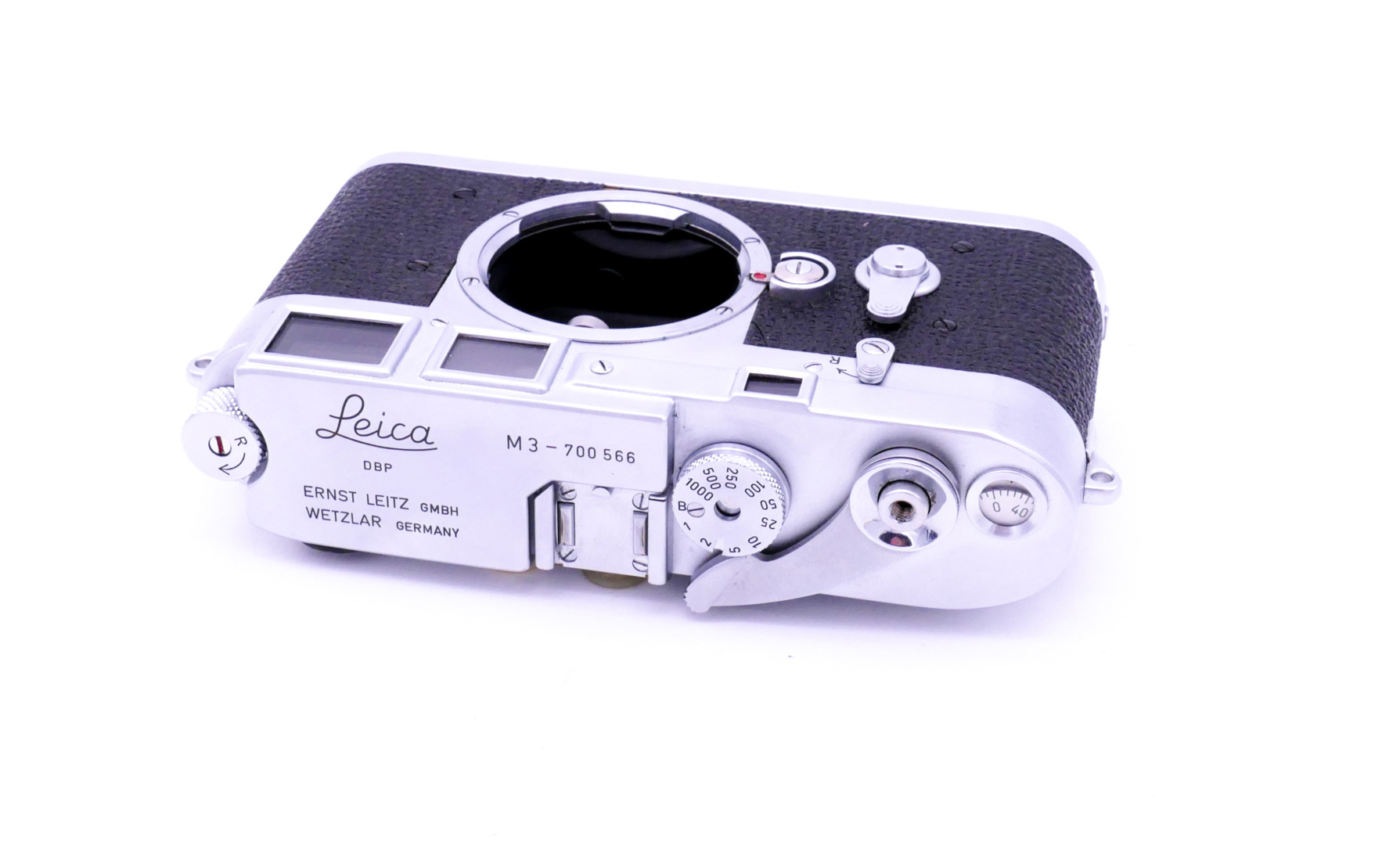
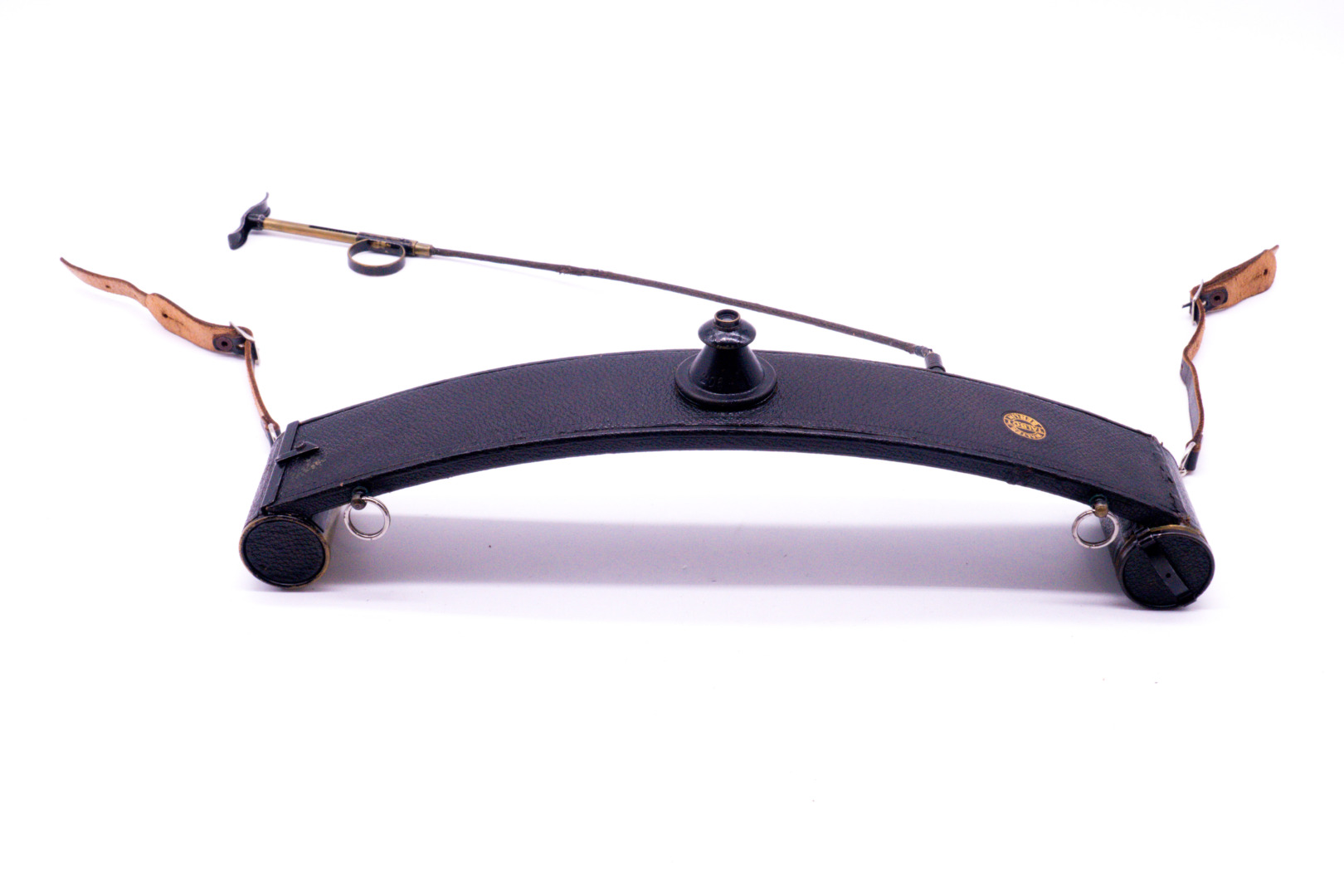
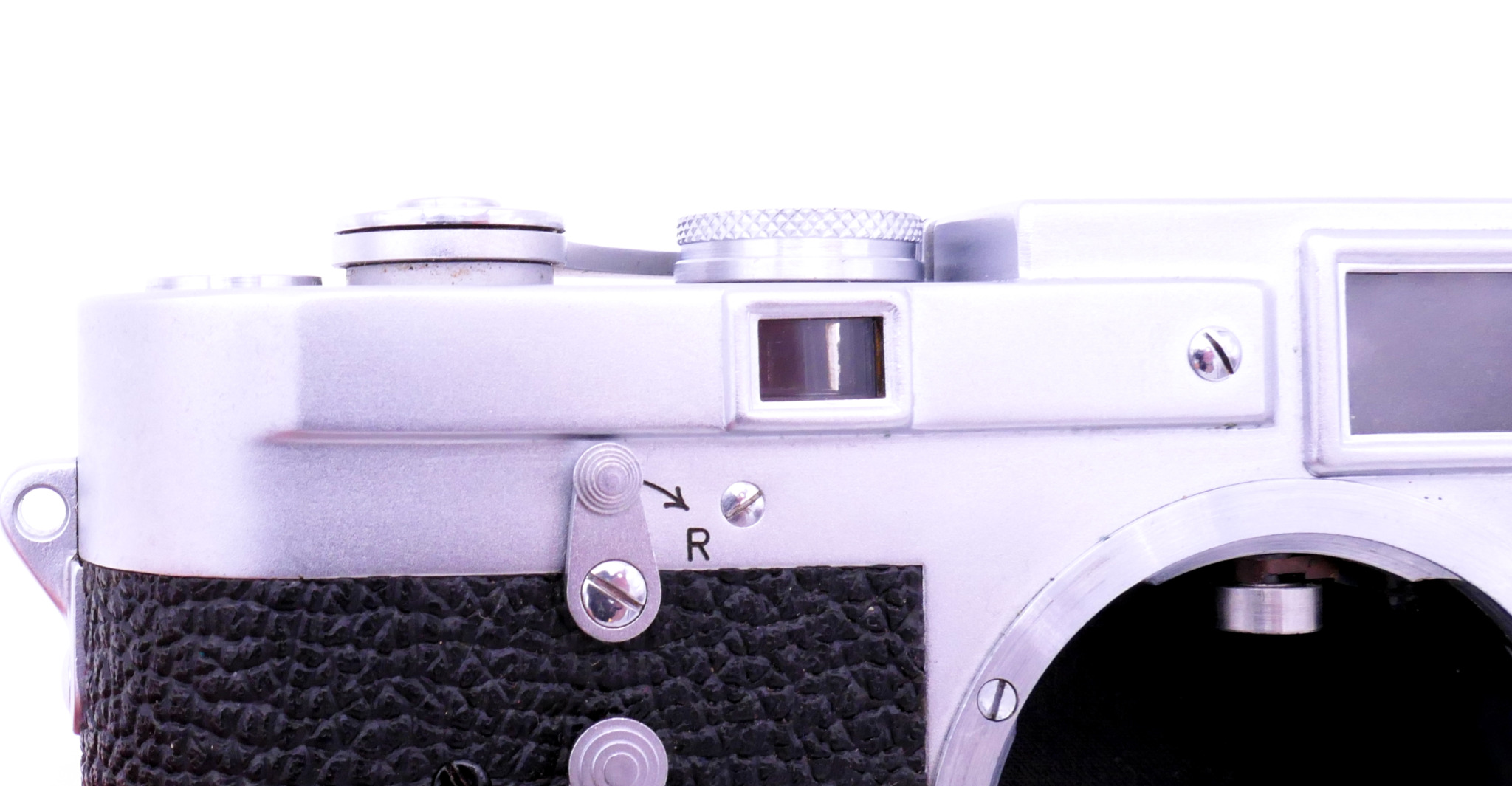
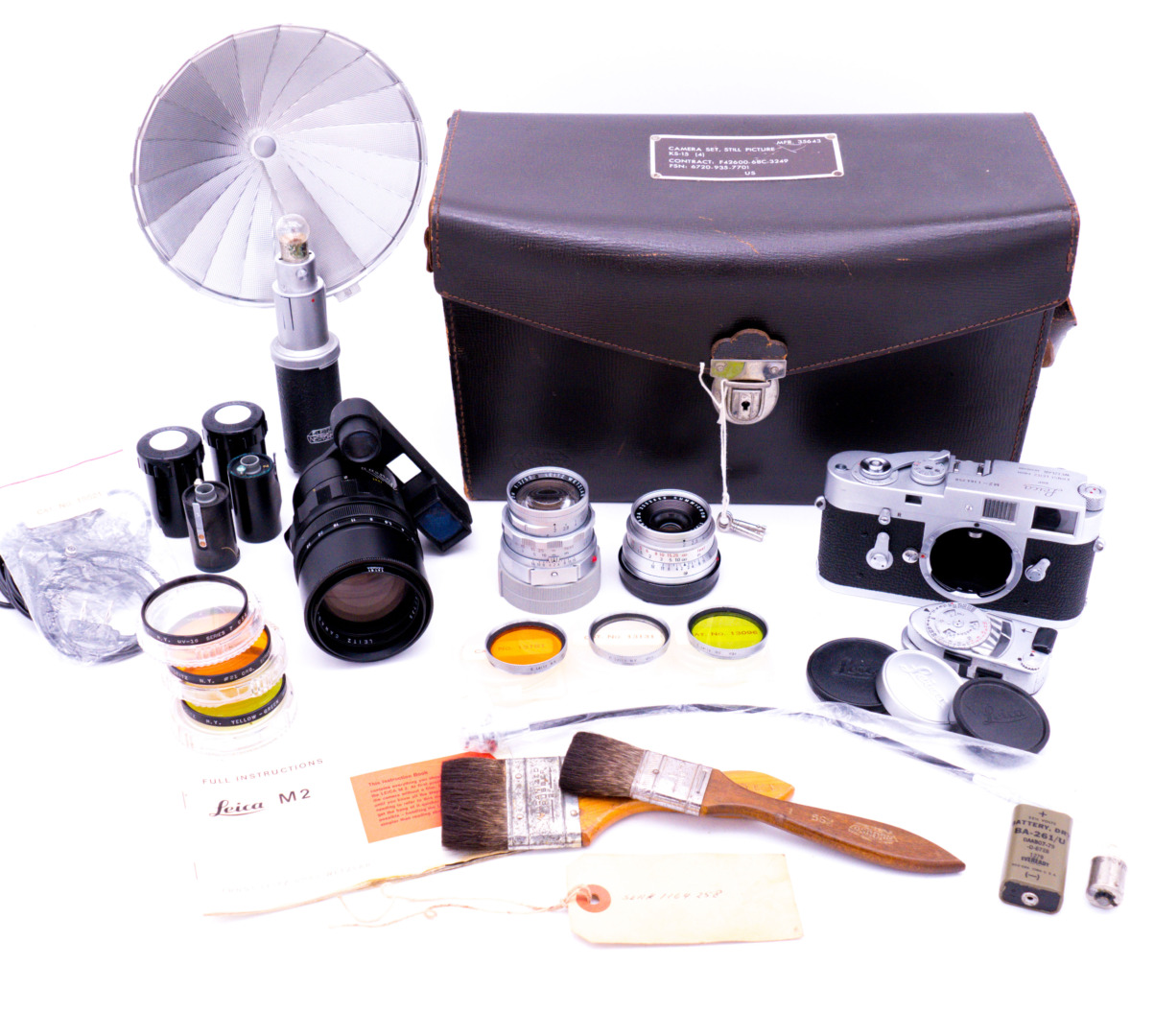
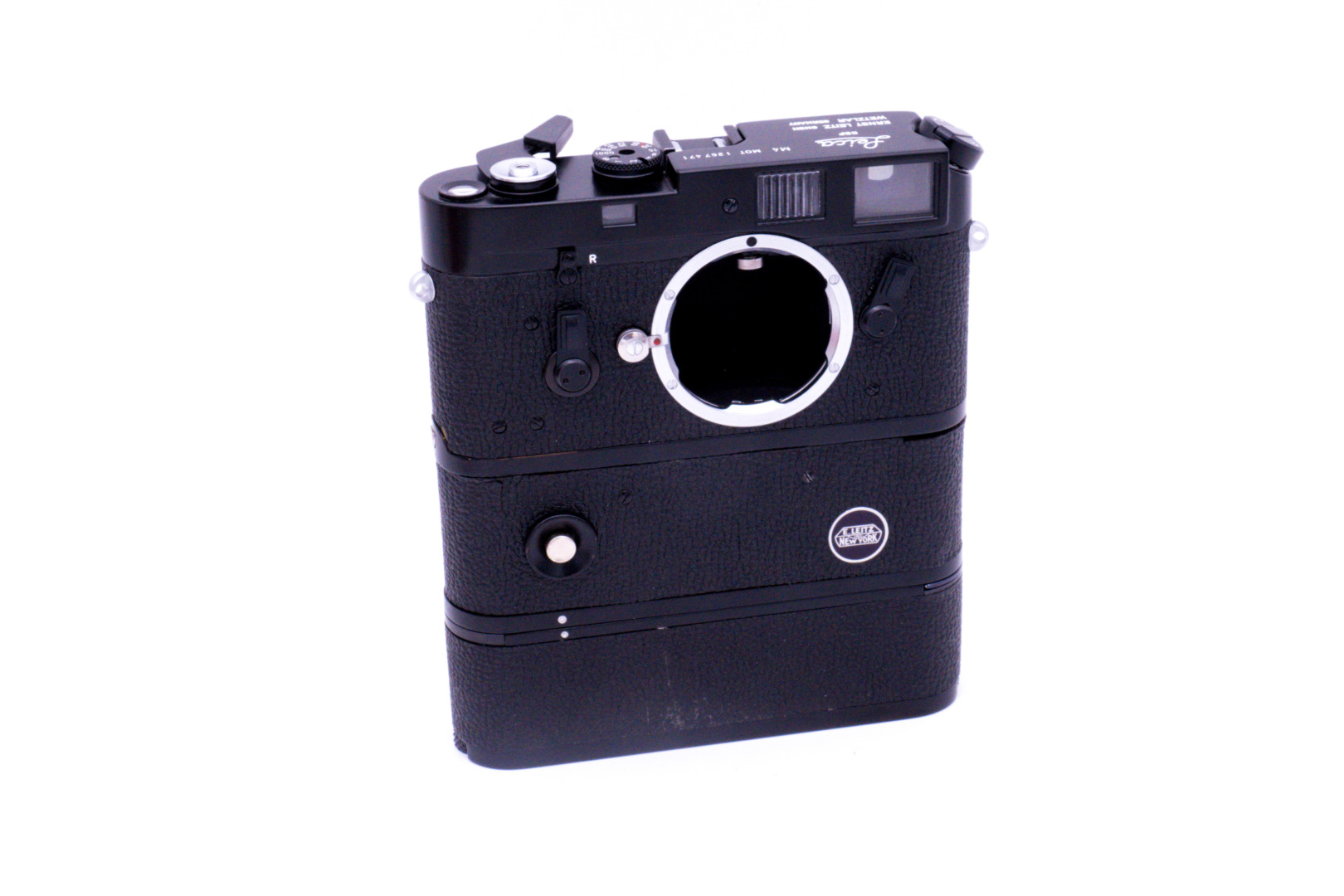
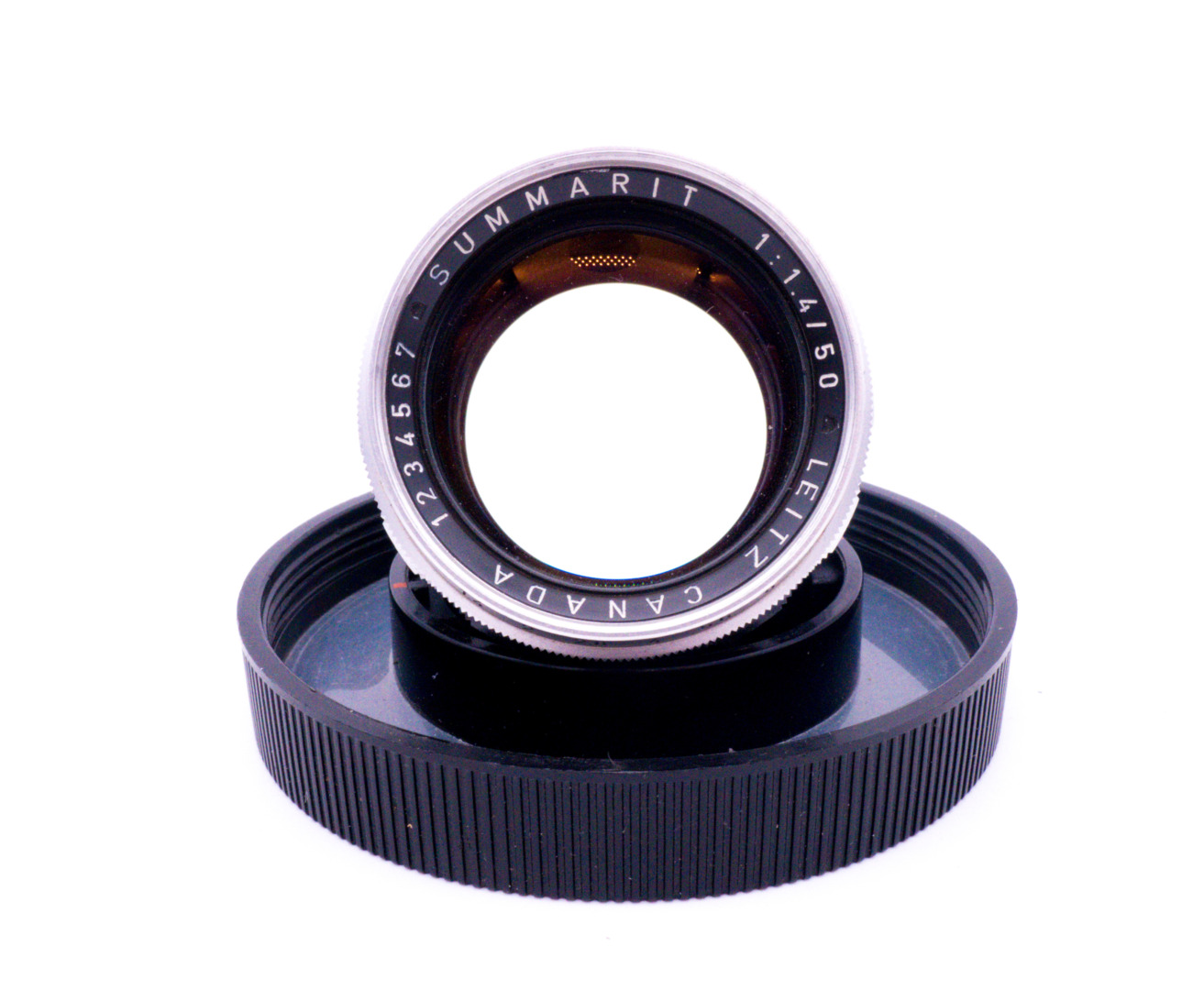
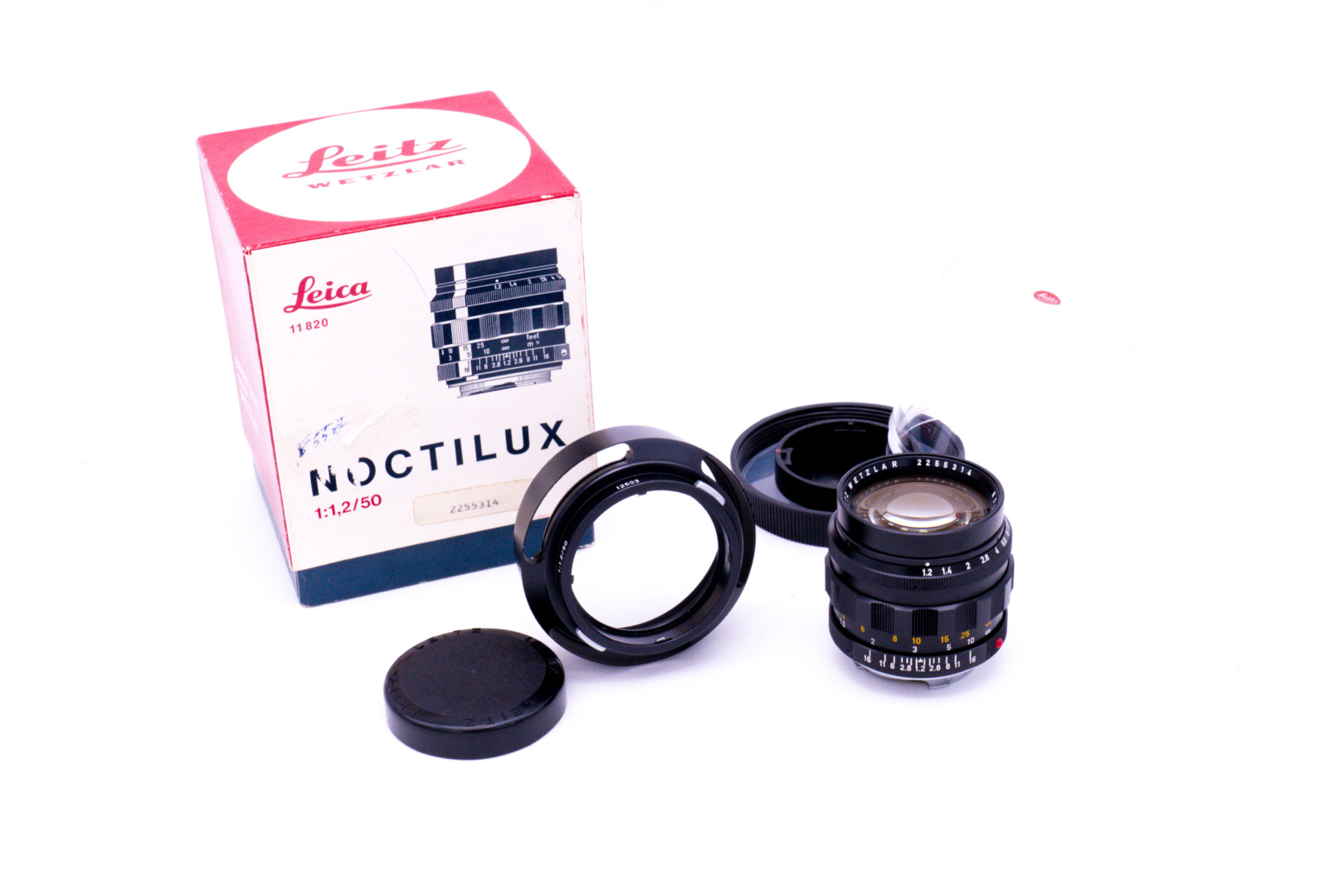
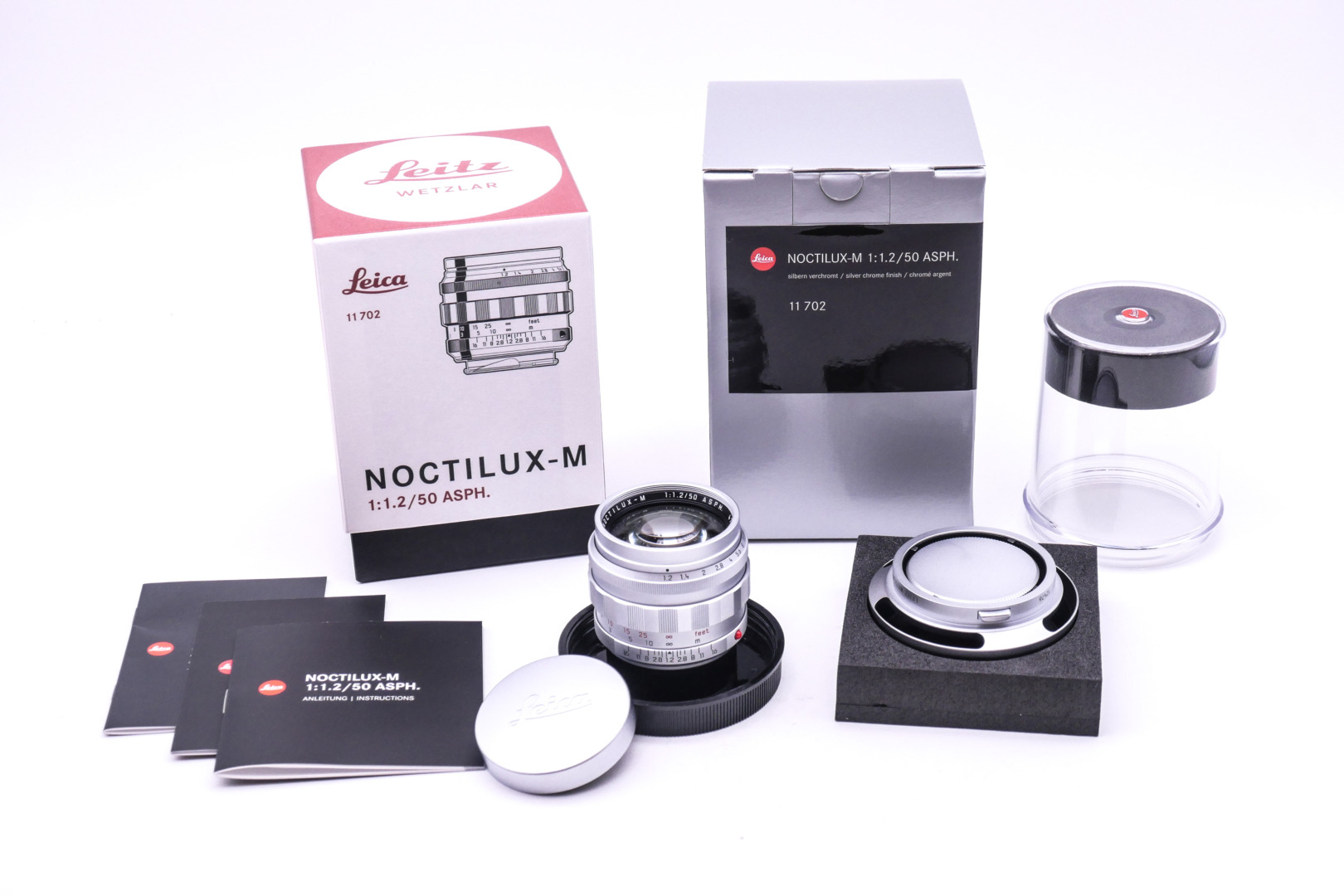
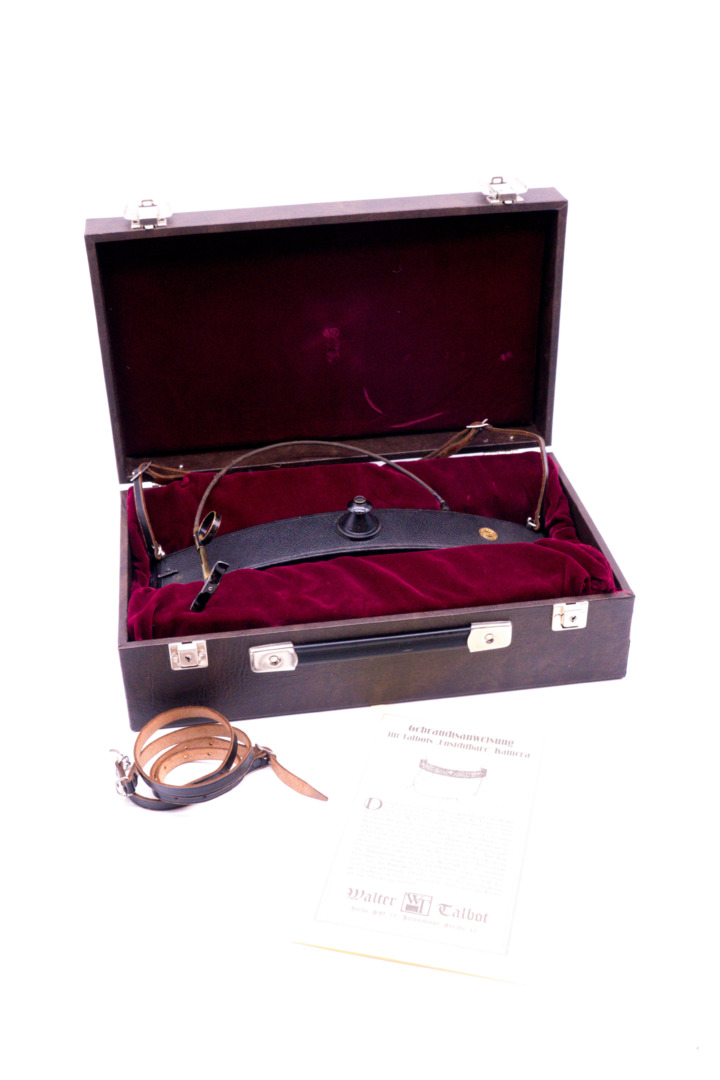
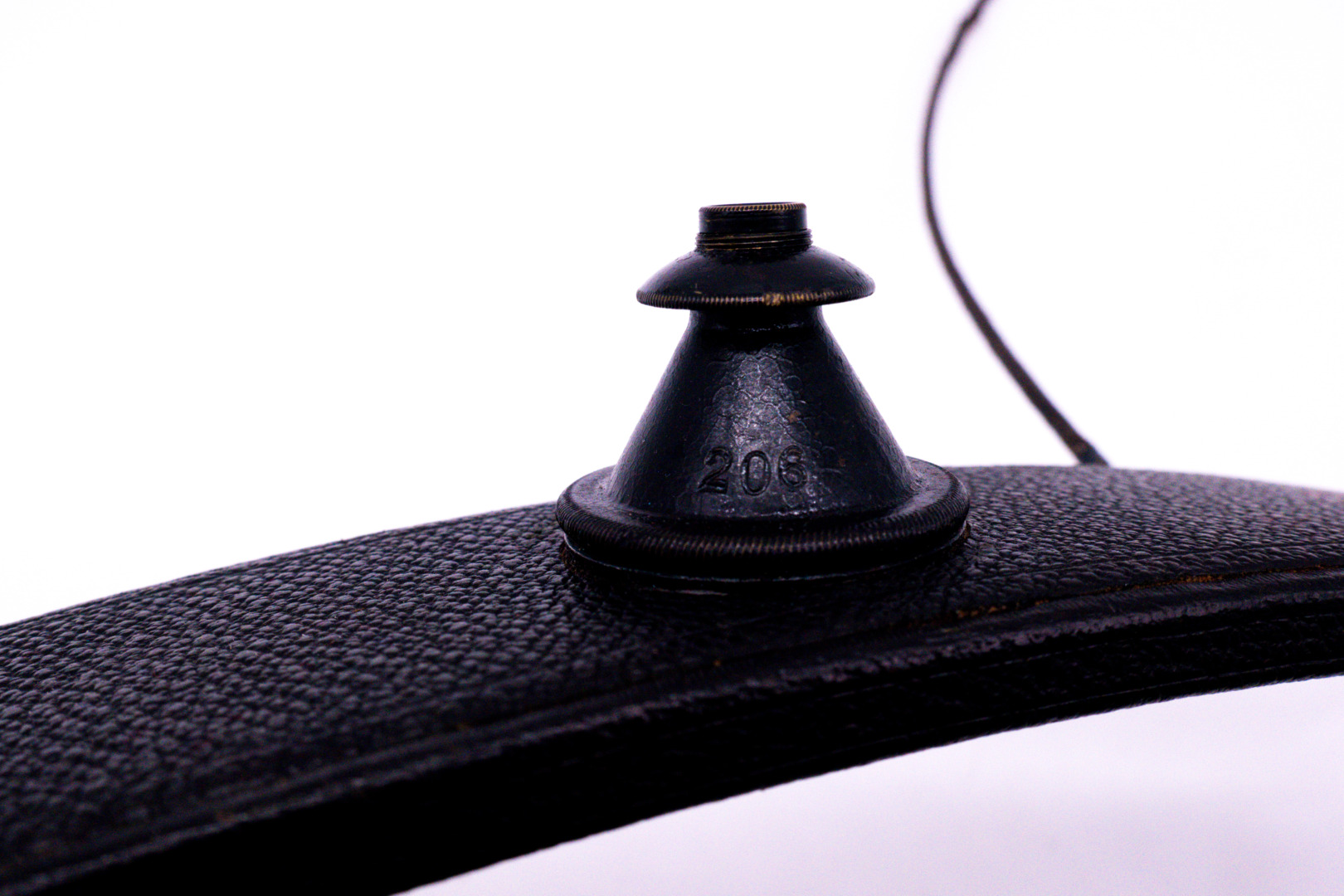
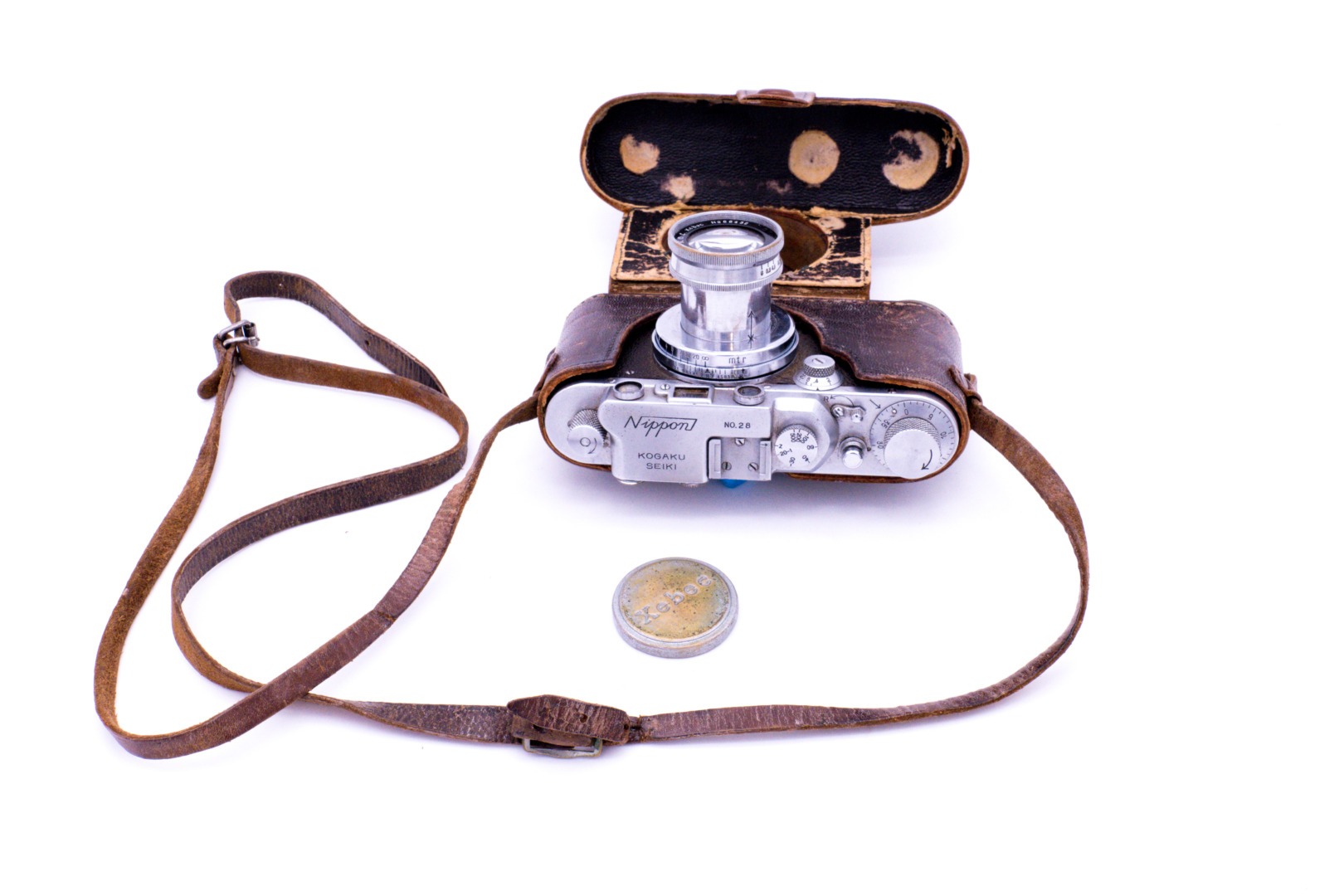
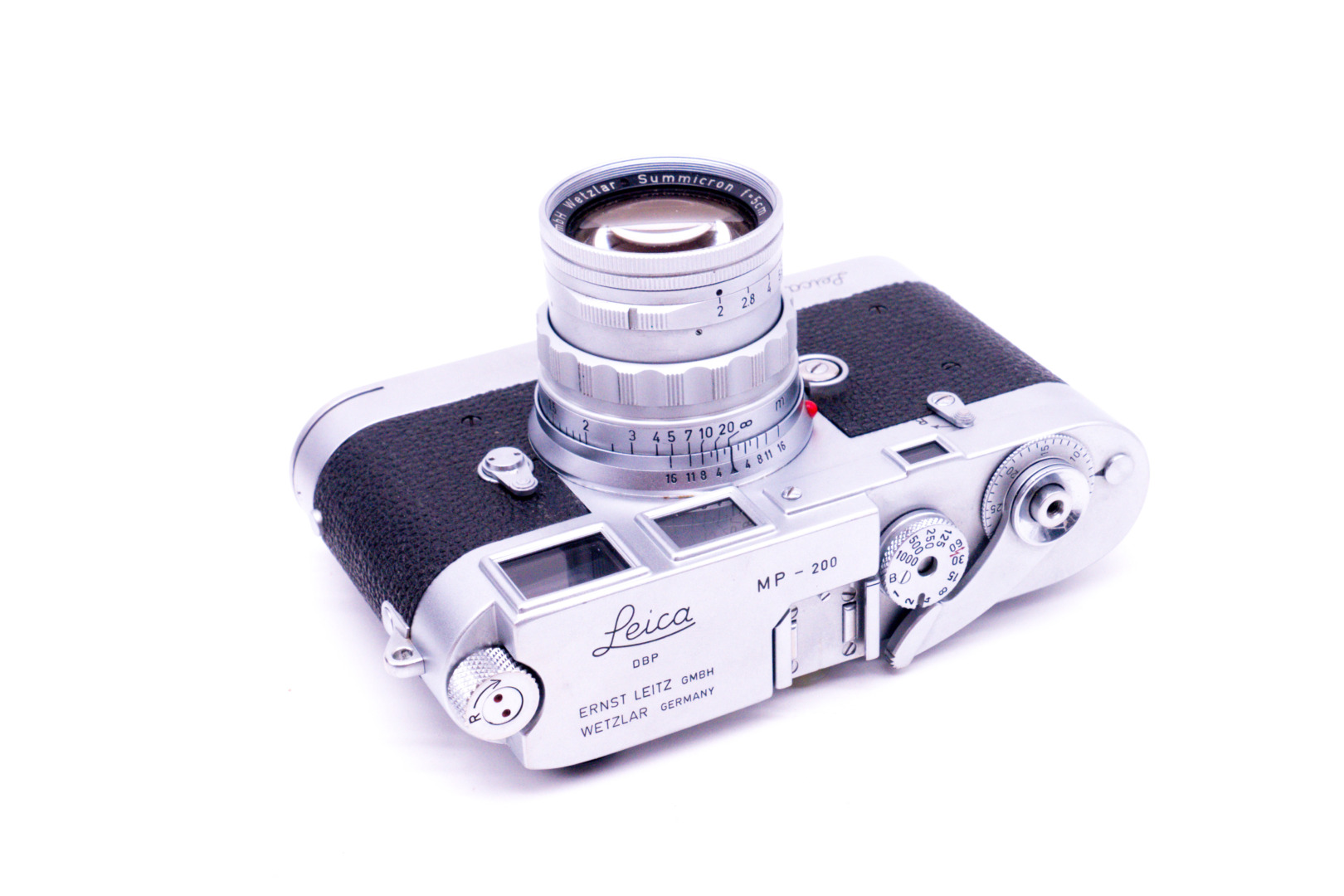
Regarding the 2 brushes with the military model…maybe they were included to clean off the cameras in some inhospitable locales…think sand in deserts, etc. I doubt they would have been included for indoor backdrops.
Thanks. You could be right, Alan, but blowing up the full size image, which I have, shows that the brushes had been used to apply some dark coloured material as it is on the bristles and, to a lesser extent, on the metal parts of the brushes. I have shown the article to Dan Tamarkin, the auctioneer, and he has not made any comment, so I assume that he is as wise as we are on this subject. My only reason for mentioning the items was because it is unusual to find items like this in a camera case.
William
This is a fantastic auction. I’ve purchased from it before and never been disappointed. Can’t wait for this year! William – Great Article! Dan – Looking forward to the auction!
Thanks Keith. Dan’s auctions are always great fun, as well as providing interesting items. I look forward to seeing Amy and yourself in Dublin next year.
William
I may not be a vintage camera buyer, but I love Dan Tamarkin’s enthusiasm for the old, quirky and scarce items (after all he lets me into the store!) I’ve also seen how much effort goes into doing this auction to a professional standard and with a small number of staff and helpers to make it happen smoothly. I can only hope it’s a smashing success again!
He even let me into his store and I bought a vintage Leica from him which featured in a previous Macfilos story. Dan’s enthusiasm for Leica and all things photographic is infectious. There is also a bond between us as we have gone together to the grave of Oskar Barnack and this too appeared in a previous Macfilos story.
William
I’m glad you have a connection! Next time you’re over maybe we can have a gargle together.